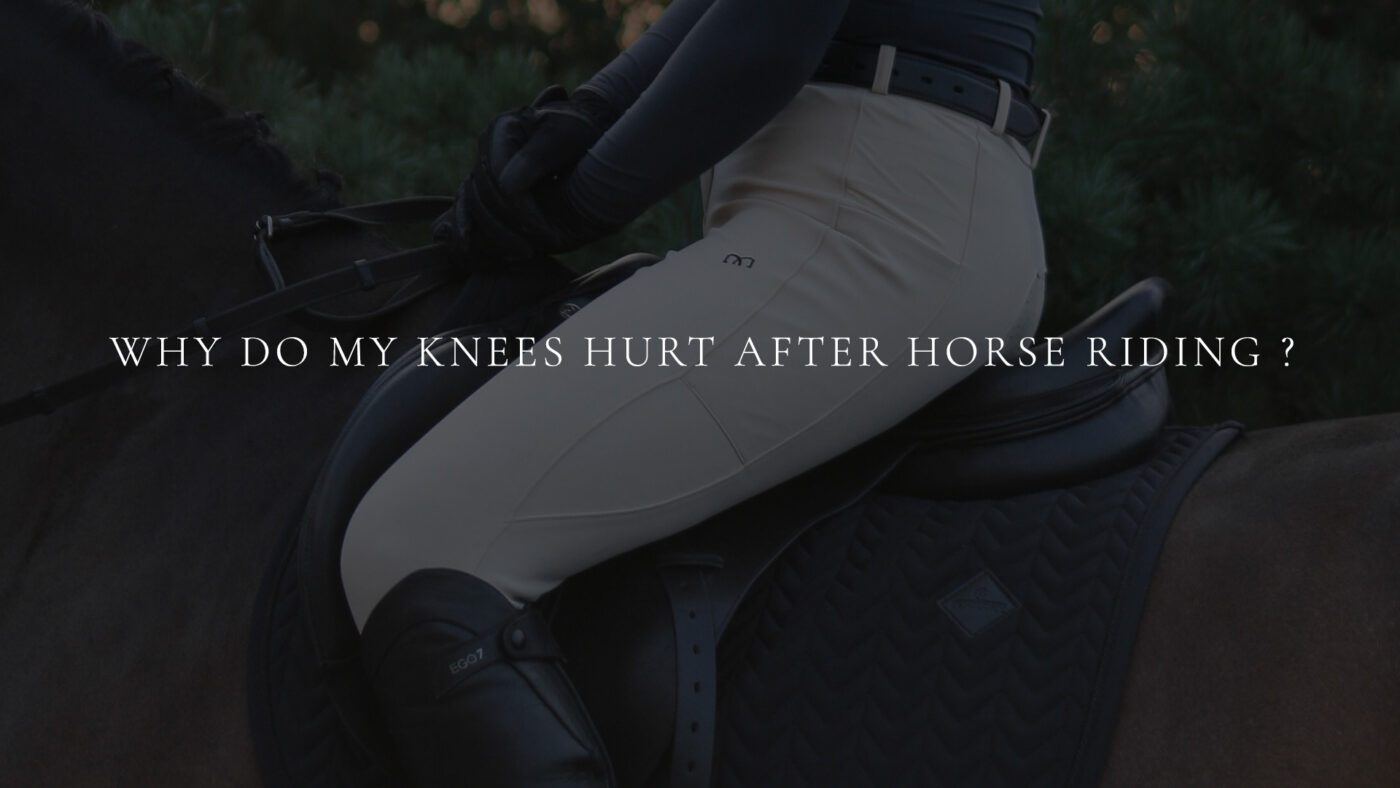
Knee pain in horse riding
Almost every rider while practicing this sport has struggled with some kind of pain. It could have been caused by a fall, a kick, or our muscles just couldn’t handle it anymore.
Today’s topic will be knee pain while riding a horse.
Question asked in this article
Does horseback riding cause knee pain?
How does horseback riding affect your knee?
Does my riding gear cause knee pain?
Does horseback riding cause knee pain?
Unfortunately yes. What causes this situation and how to prevent it? Read what our physiotherapist advises..
If you haven’t had any knee injuries before, this pain is most probably caused by the stiffness created by the specific body position in the saddle – a combination of lower body position – lower back, hips, thighs, ankles and feet. However, there are a few things you can change to prevent knee pain while riding.
Knee pain while riding a horse is not usually intense, but most often recurring from time to time. Remember that if you feel pain all the time, you need to see a physiotherapist, who may refer you to an orthopedist.
How does horseback riding affect your knee?
Contrary to appearances, knee pain is affected not only by the knee space, but according to research, every muscle involved in horse riding – from the spinal muscles, through the muscles of the hip girdle, through the knees themselves, to the calves.
Problem -Lower back
Rising trot or galloping for a continuous amount of strokes can affect the lower back and lead to increased compression and strain on the lower back tissue.
Pressure from muscle strain or direct impacts can even lead to narrowing of the spinal canal over time. Symptoms of lower back compression include pain that can sometimes extend to the buttocks, and this leads to tension in the iliotibial band that is tied at the knee.
Pain in this area was reported by many of our testers, so during biomechanical research we checked what we could do about it.
A good way to avoid straining your lower back is to make sure you have good core strength and can maintain a neutral lumbar spine position.
Solution from Mequicine
Supporting the right position by engaging the muscles of the lower back and abdominal is used in MEQUICINE POSTURE SUPPORTING LONGSLEEVE – check here what functions this garment offers .The wide belt used in ZONE COMPRESSION LEGGINGS also support this area- check what technologies can be found in leggings here.
Problem – Hips
The main points of contact between a skilled rider and the saddle are the thighs, hips and buttocks. In less experienced riders, we often encounter an attempt to hold the horse by clenching the knees – however, this is not a desirable position, which only causes the whole body to tighten and increased tension not only in the knees, but also in the whole body.
Unfortunately, increased riding frequency or poor form can strain the knee ligaments and/or hip adductor muscles.
The problem with constantly squeezing the thighs around the horse is that these muscles can become strained. While the adductor muscles become strong and well developed, the abductor muscles remain unsupported and unstrengthened.
This creates an imbalance not only in the form of the ride, but also in the way the rider walks and stands when not on the horse.
Solution from Mequicine
We support this part of the rider’s body by introducing zonal compression. We used it both in ZONE COMPRESSION LEGGINGS and in ZONE COMPRESSION BREECHES. The breeches are additionally reinforced by the compression seams – discover the technologies here.
Problem – Knee
One of the common causes of knee pain is inflammation in this joint. Ice packs or compression in or around the joint are a good solution.
Solution from Mequicine
A solution from Mequicine – check out our bottom garment – breeches and leggings!
Does my riding gear cause knee pain?
Equipment
Equestrian equipment plays a huge role in your riding position. An not-fitting saddle, unsuitable stirrups or an badly matched half pad – all this affects your position.
Saddle
When saddle is too low in the front it will pinch into the horse’s shoulder – which is very restrictive for your horse. When your saddle is too high in the back you will lift your leg and fall into a chair seat to balance which can strain the discs in your lower back.
Riding Clothes
An improperly fitted outfit can cause a lot of discomfort while riding. Then we change the position and look for comfort in the saddle, which causes us to take the wrong position.
Mequicine conducted comfort studies to prevent pain.
Did you know that something as simple as a knee stitch can cause knee pain? When the leg muscles are tense and the suture presses against the knee, the kneecap can press against the previously mentioned band and cause pain.
Better to prevent than to cure!
Try to check your equipment, both the one you put on your horse and your outfit. Also remember to visit a physiotherapist and stretch regularly! It is also worth getting off the horse during the last walk and taking a walk with it in hand. This changes our position and relaxes the muscles right after exercise.
Discover our Shop